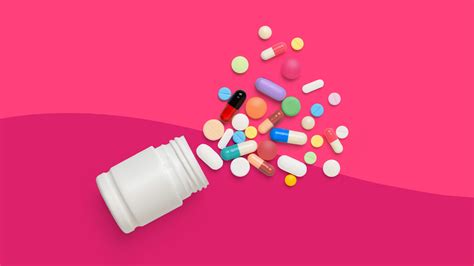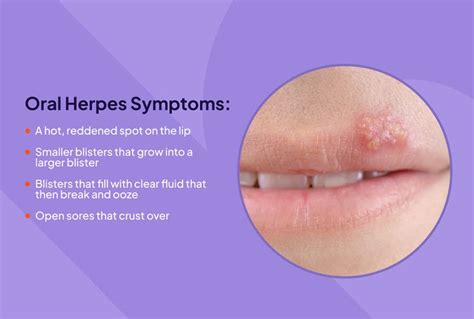Chemical burns, also known as caustic burns, occur when the skin or eyes come into contact with an irritant substance, such as a strong acid or base. These types of burns can be extremely painful and may lead to long-term damage if not treated properly. The healing process for chemical burns involves a combination of immediate first aid, medical treatment, and ongoing care to promote wound healing and prevent infection.
Immediate First Aid for Chemical Burns
The first step in treating a chemical burn is to immediately remove the source of the burn. This may involve quickly washing the affected area with plenty of cool or lukewarm water to dilute and remove the chemical. It’s crucial to avoid using hot water, as it can activate certain chemicals and worsen the burn. For burns to the eyes, flush them with water for at least 10 minutes, tilting the head to the side to allow the water to flow out of the eyes.
After flushing the area, any contaminated clothing or jewelry should be carefully removed to prevent further exposure. However, if the item is stuck to the burn, do not attempt to remove it, as this can cause further damage.
Medical Treatment for Chemical Burns
Medical treatment for chemical burns depends on the severity of the burn and the type of chemical involved. Mild chemical burns may be treated similarly to minor thermal burns, with topical antibiotic ointments and non-stick dressings to protect the wound. More severe burns may require hospitalization for debridement (the removal of dead tissue), intravenous antibiotics to prevent infection, and possibly surgical intervention.
In some cases, specific antidotes may be administered to neutralize the effects of the chemical. For example, calcium gluconate gel may be used to treat hydrofluoric acid burns. The goal of medical treatment is to stabilize the patient, manage pain, and initiate the healing process.
Ongoing Care and Healing
The healing process for chemical burns can be lengthy and requires consistent care. Here are some aspects of ongoing care:
- Wound Care: The wound should be kept clean and moist to promote healing. Topical creams or gels may be prescribed to aid in the healing process and prevent infection.
- Pain Management: Chemical burns can be extremely painful. Pain management may involve prescription medications, and in some cases, alternative therapies such as acupuncture.
- Physical Therapy: For extensive burns, physical therapy may be necessary to maintain range of motion and prevent contractures (the tightening of skin that can limit movement).
- Follow-Up Care: Regular follow-up appointments with healthcare providers are crucial to monitor the healing process, manage complications, and adjust treatment as necessary.
Prevention of Infection
Preventing infection is a critical component of healing from chemical burns. This involves:
- Keeping the wound clean and dry
- Applying topical antibiotics as prescribed
- Monitoring the wound for signs of infection, such as increased redness, swelling, warmth, or pus
- Avoiding picking at scabs or scratching the wound, as this can introduce bacteria into the wound
Long-Term Effects and Complications
While many chemical burns heal without significant long-term effects, severe burns can lead to complications, including:
- Scarring: Significant scarring can occur, especially if the burn was deep or large.
- Contractures: The healing process can sometimes result in tightened skin, which can limit movement.
- Hypopigmentation or Hyperpigmentation: There can be changes in skin coloration after a burn, with some areas becoming lighter (hypopigmentation) or darker (hyperpigmentation) than the surrounding skin.
- Sensitivity: The affected area may remain sensitive to temperature changes or direct sunlight.
Conclusion
Healing from a chemical burn requires immediate and appropriate first aid, followed by medical treatment and ongoing care. The complexity of treating chemical burns underscores the importance of seeking medical attention promptly after an incident. With proper care and management, many individuals can recover from chemical burns, though the severity of the burn and the effectiveness of the treatment play significant roles in determining the outcome.
Frequently Asked Questions

What should I do immediately if I get a chemical burn?
+Immediately flush the affected area with plenty of cool or lukewarm water for at least 10 minutes to remove the chemical. Remove any contaminated clothing or jewelry, taking care not to pull off anything that is stuck to the burn.
How can I prevent infection in a chemical burn?
+To prevent infection, keep the wound clean and moist, apply topical antibiotics as prescribed, and avoid picking at scabs or scratching the wound. Monitor the wound for signs of infection, such as increased redness, swelling, warmth, or pus.
What are some potential long-term effects of chemical burns?
+Potential long-term effects include scarring, contractures, changes in skin pigmentation (hypopigmentation or hyperpigmentation), and sensitivity to temperature or sunlight. The severity and likelihood of these effects depend on the depth and size of the burn, as well as the effectiveness of the treatment.
How long does it take for a chemical burn to heal?
+The healing time for a chemical burn can vary significantly depending on the severity of the burn. Mild burns may heal within a few weeks, while more severe burns can take months to heal and may require ongoing care to manage complications and promote recovery.
When should I seek medical attention for a chemical burn?
+Seek medical attention immediately if the burn covers a large area of the body, is deep, or if you suspect the burn is from a strong acid or base. Additionally, if you experience difficulty breathing, severe pain, or if the burn is to the face, hands, or feet, seek emergency care.


